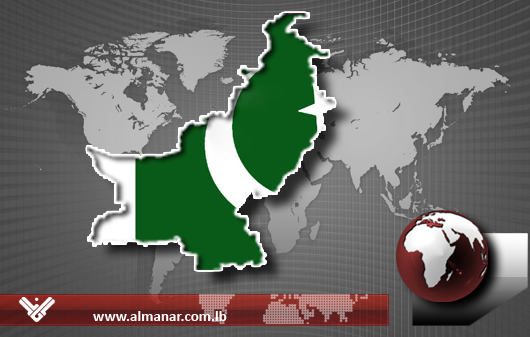Military commanders told the newspaper that the special operations plan could help them secure much-needed intelligence if militants were captured.
The New York Times reported on Monday that top US military commanders in Afghanistan were urging escalation in ground raids by special operations forces in the tribal belt on the border between Afghanistan and Pakistan.
Military commanders told the newspaper that the special operations plan -- which has not yet been approved -- could help them secure much-needed intelligence if militants were captured, brought back across the border into Afghanistan and interrogated.
US officials said they were particularly keen to capture rather than kill militant leaders from the Taliban or the Haqqani network in order to obtain intelligence about future operations.
"We've never been as close as we are now to getting the go-ahead to go across," a senior US officer said.
But the story was denied by a spokesman for ISAF, the NATO-led International Security Assistance Force in Afghanistan, who said there was "absolutely no truth" to any suggestion that ground operations into Pakistan were planned.
"ISAF and US forces, along with their Afghan partners, have developed a strong working relationship with the Pakistan military to address shared security issues," said Rear Admiral Gregory Smith, its deputy chief of staff for communication.
"This coordination recognizes the sovereignty of Afghanistan and Pakistan to pursue insurgents and terrorists operating in their respective border areas."
In response to the article, Pakistan's ambassador to the United States said the country was "capable of handling the militant threat" and that "no foreign forces are allowed or required to operate inside our sovereign territory".
Although US forces have been restricted to limited covert operations and unmanned drone strikes in Pakistan, they intensified their strike in the area in the recent weeks, provoking widespread anger, as the government has described American boots on the ground as a "red line".
The United States does not confirm drone attacks, but its military and the Central Intelligence Agency operating in Afghanistan are the only forces that deploy the aircraft in the region.
Military commanders told the newspaper that the special operations plan -- which has not yet been approved -- could help them secure much-needed intelligence if militants were captured, brought back across the border into Afghanistan and interrogated.
US officials said they were particularly keen to capture rather than kill militant leaders from the Taliban or the Haqqani network in order to obtain intelligence about future operations.
"We've never been as close as we are now to getting the go-ahead to go across," a senior US officer said.
But the story was denied by a spokesman for ISAF, the NATO-led International Security Assistance Force in Afghanistan, who said there was "absolutely no truth" to any suggestion that ground operations into Pakistan were planned.
"ISAF and US forces, along with their Afghan partners, have developed a strong working relationship with the Pakistan military to address shared security issues," said Rear Admiral Gregory Smith, its deputy chief of staff for communication.
"This coordination recognizes the sovereignty of Afghanistan and Pakistan to pursue insurgents and terrorists operating in their respective border areas."
In response to the article, Pakistan's ambassador to the United States said the country was "capable of handling the militant threat" and that "no foreign forces are allowed or required to operate inside our sovereign territory".
Although US forces have been restricted to limited covert operations and unmanned drone strikes in Pakistan, they intensified their strike in the area in the recent weeks, provoking widespread anger, as the government has described American boots on the ground as a "red line".
The United States does not confirm drone attacks, but its military and the Central Intelligence Agency operating in Afghanistan are the only forces that deploy the aircraft in the region.
